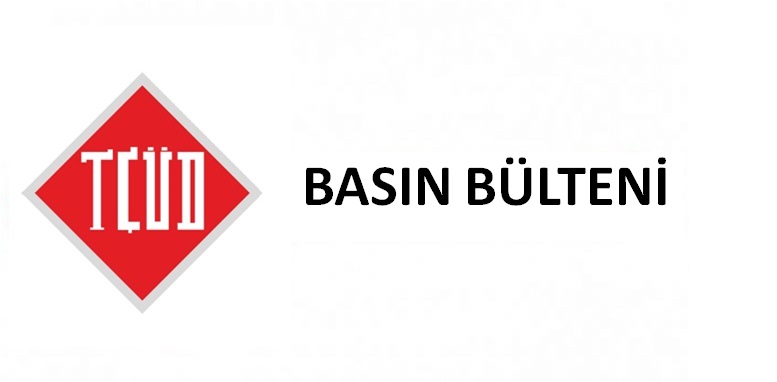Economy & Expectations Tarih: 23 January 2017
The growth trend seen in the first half of the year slowed down in the second half due to political and geographical instability. The growth of industrial production was 1.9 % in 2016. Industrial production, which grew by 4.3 % in the first half of the year, slowed down considerably in the second half. While construction sector is estimated to have grown by around 4 % in 2016, among steel using industries automotive sector grew the most by 9 %. Last year automotive sector, reached record high levels both in production and export.
CPI dropped from 8.81 % to 8.53 % in 2016, while PPI increased from 5.71 % to 9.94 %. For the first time since March 2010 unemployment rate passed the level of 12%.
As total export dropped by 0.9 % to 142.6 billion USD and import decreased by 4.2 % to 198.6 billion USD, Turkey’s total trade deficit decreased from 63.4 billion USD to 56 billion USD, down by 11.7 %. Despite narrowing foreign deficit, balance of payments deficit rose by 1.6 % to 32.6 billion USD.
Expectations
With the support of better balance between raw materials and decreasing market distorting practices, Turkey’s crude steel output is estimated to reach over 35 mt; capacity utilization ratio is expected to increase from 64.4 % to 67 %, steel consumption is predicted to reach 36 mt, up by 4 % in 2017. Steel export is foreseen to be on the rise again, while steel import and the share of imported steel in domestic consumption is expected to decline.
Realizing the mentioned positive expectations depend on eliminating overcapacity that distort steel markets, preventing dumped and subsidized steel import. In order to reach that target, Turkish economy administration need to take immediate measures against dumped and low quality steel imports, just like other countries do. When negative factors are not taken into consideration, the dynamic Turkish domestic market is strong enough to support the growth of Turkish steel industry.
Turkish steel industry managed to turn positive growth in 2016 after continued drop in the previous 3 years. The factors such as Chinese exporters’ ending its market distorting practices, starting to shut down some of the excess capacity, increase export prices to a level which can be more comparable with production costs helped Turkish steel industry to enter growth trend again. All those measures helped prices increase around 100 % and establishing new balance. In addition to the improvement in those global factors, it is expected that the planned mega projects by the Turkish government will increase domestic steel demand and thus support Turkey’s steel production growth.




